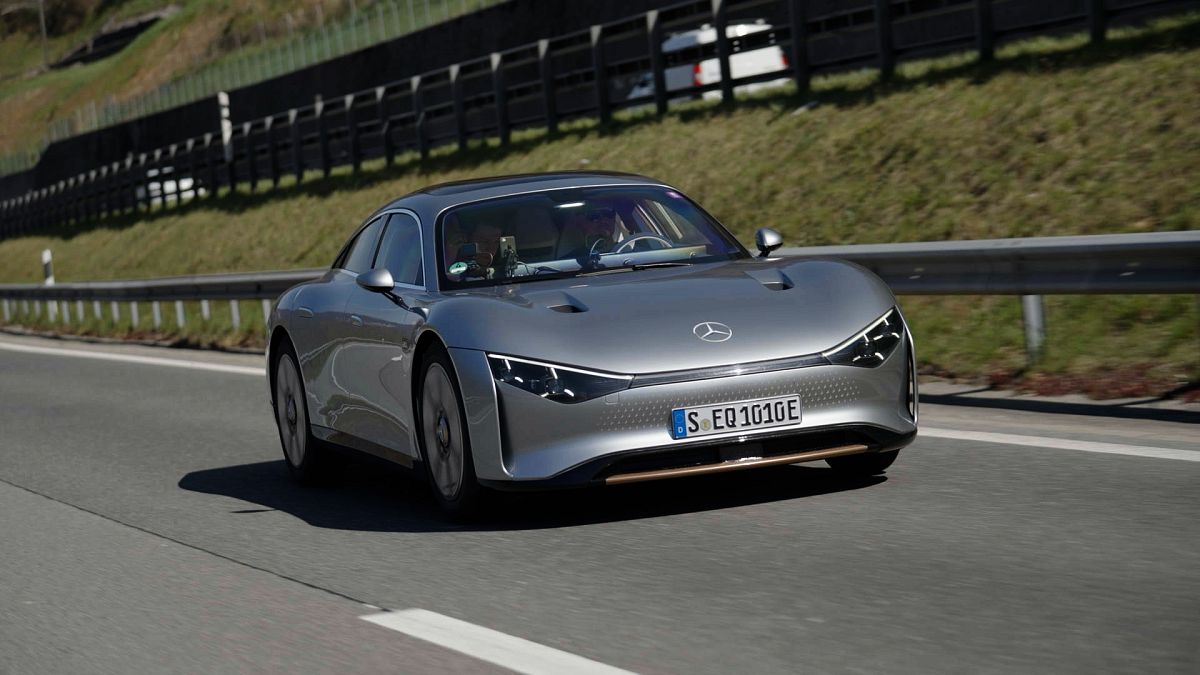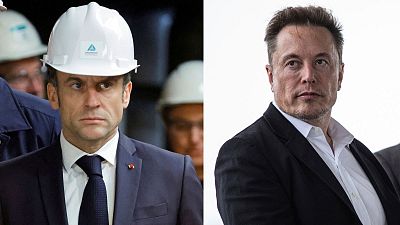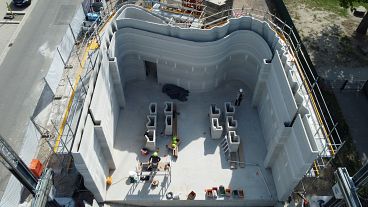Mercedes-Benz is leaning on its F1 team’s experience of working rapidly to squeeze efficiency out of engines and electric motors as well as employing its knowledge of aerodynamics.
Mercedes Benz is betting on the know-how of its Formula One team to build the next generation of super efficient, mass-market electric vehicles (EVs).
The German automaker has its sights on overtaking Tesla in the EV market as well as slashing product lead times by 25 per cent.
Adam Allsop, the director of advanced technology in Mercedes-Benz’ High Performance Powertrains division, says F1 technology has always bled over into mass market technology. But involving the F1 engineering team directly in the design of new EVs is a new step for the company.
Take, for example, Mercedes’ EQXX concept car unveiled last year. THe super-efficient EV which has a range of 1,200 km was developed in collaboration with the carmaker’s F1 team based in England.
The EQXX took just 18 months to develop and drew heavily on the F1 team's experience of working rapidly to squeeze efficiency out of engines and electric motors, as well as in the areas of aerodynamics and rolling resistance.
The speed of development for these models is particularly important for legacy carmakers because companies like Tesla have been able to develop or tweak models far more quickly than legacy carmakers.
It has become even more urgent as faster-moving Chinese EV makers have cut vehicle development time to an average of 2.5 years.
There is also a clear need for automakers to make EVs more efficient owing to the short supply of materials needed to build EV batteries.
This means tweaking models to lower weight, improve range and develop batteries using less materials which should also translate to lower costs overall.
For more on this story, watch the video in the media player above.



